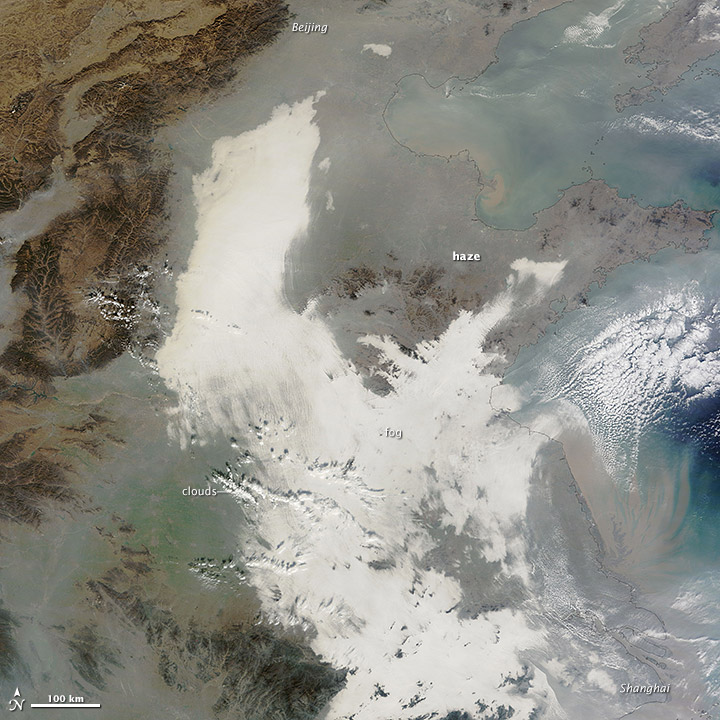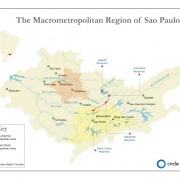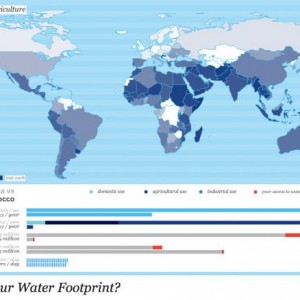The Stream, March 25: Nuclear Legacy
While the world is following the unfolding nuclear disaster at Japan’s Fukushima power plant, the radioactive waste at a former plutonium production facility in Hanford, Washington, is slowly seeping into the region’s soil and ground water, and threatening to move toward the Columbia River. Der Spiegel revisits “the most contaminated location in the entire Western Hemisphere” and concludes that the place is still decades away from being cleaned up.
Oil drilling
Canada plans to spend more than $20 million a year on a new water-pollution monitoring system in the Alberta tar sands after a study found major flaws in the current system, Reuters reports.
Chevron became the first company since last year’s Deep Horizon spill to get a permit to tap a never exploited oil reservoir in the Gulf of Mexico, Bloomberg reports.
Water Supply
Although the Democratic Republic of the Congo has half of Africa’s water resources, 51 million of its citizens don’t have access to safe drinking water, according to the United Nations. Throughout Africa, about 400 million people live in locations without adequate sanitation or water supplies.
Millions of people in Asia face the same situation, but The Economist finds a shabby community in Cambodia whose water supplier has introduced a model that prospers despite the general disrepair.
The Stream is a daily digest spotting global water trends. To get more water news, follow Circle of Blue on Twitter and sign up for our newsletter.
, a Bulgaria native, is a Chicago-based reporter for Circle of Blue. She co-writes The Stream, a daily digest of international water news trends.
Interests: Europe, China, Environmental Policy, International Security.






Leave a Reply
Want to join the discussion?Feel free to contribute!